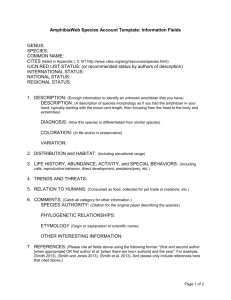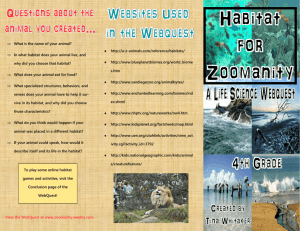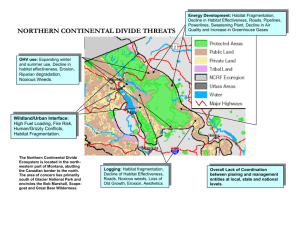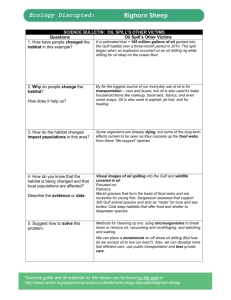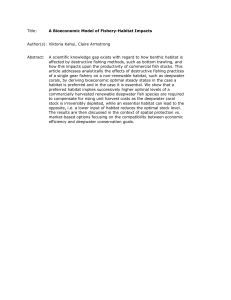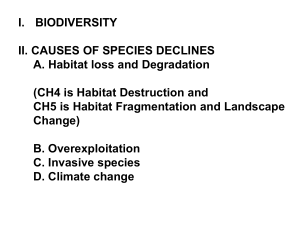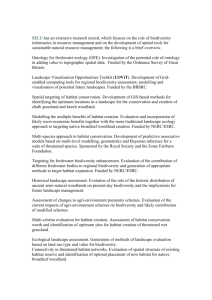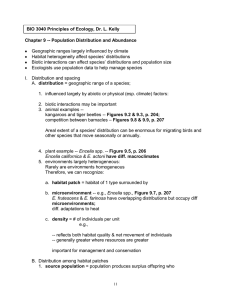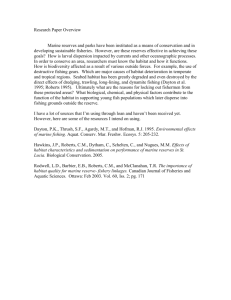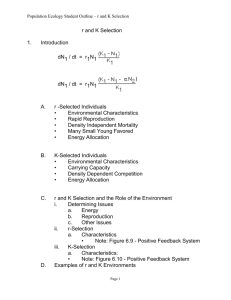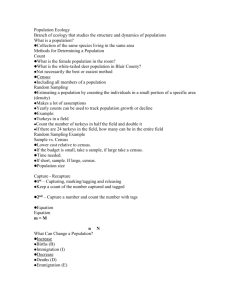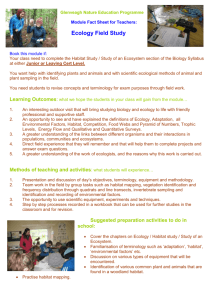Conserving Species in a Working Landscape: Land
advertisement
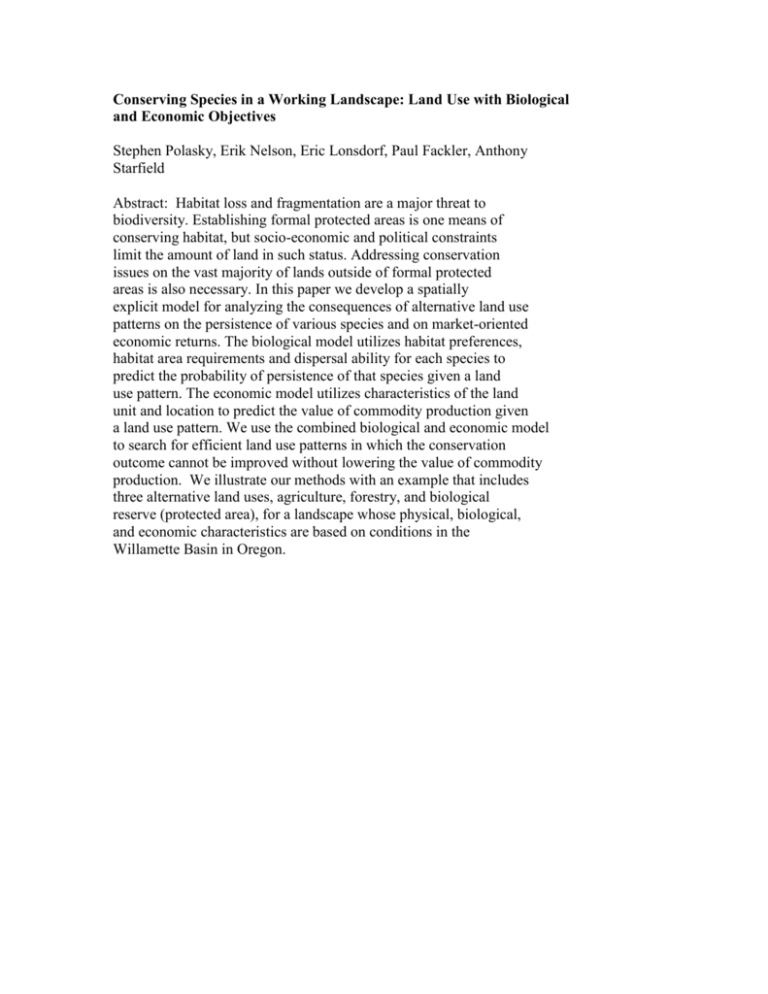
Conserving Species in a Working Landscape: Land Use with Biological and Economic Objectives Stephen Polasky, Erik Nelson, Eric Lonsdorf, Paul Fackler, Anthony Starfield Abstract: Habitat loss and fragmentation are a major threat to biodiversity. Establishing formal protected areas is one means of conserving habitat, but socio-economic and political constraints limit the amount of land in such status. Addressing conservation issues on the vast majority of lands outside of formal protected areas is also necessary. In this paper we develop a spatially explicit model for analyzing the consequences of alternative land use patterns on the persistence of various species and on market-oriented economic returns. The biological model utilizes habitat preferences, habitat area requirements and dispersal ability for each species to predict the probability of persistence of that species given a land use pattern. The economic model utilizes characteristics of the land unit and location to predict the value of commodity production given a land use pattern. We use the combined biological and economic model to search for efficient land use patterns in which the conservation outcome cannot be improved without lowering the value of commodity production. We illustrate our methods with an example that includes three alternative land uses, agriculture, forestry, and biological reserve (protected area), for a landscape whose physical, biological, and economic characteristics are based on conditions in the Willamette Basin in Oregon.








